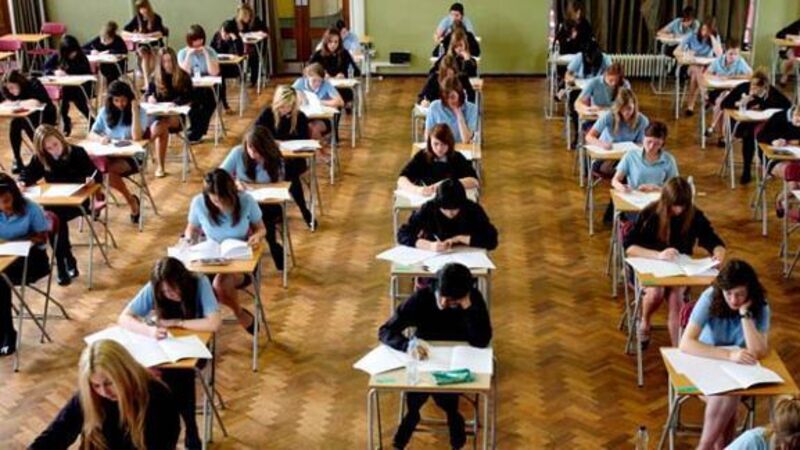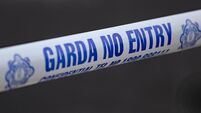Physics doesn’t spark any protests

He said the first section rewarded students who had done their practical work. A question about GPS systems might have caused difficulty for some students, but it was part of a welcome move to bring modern technology into the exam.
Questions on static electricity are not normally popular, he said, but one in this paper was fair.
He also welcomed the application of sound wave technology to descriptions of the physics of guitar and tin whistle music, accompanied by photos of singer Ed Sheeran and The Chieftains’ Paddy Moloney.
Teachers’ Union of Ireland (TUI) physics spokesman Michael Gillespie said students who selected questions correctly could do quite well in the second section, after a first section that was very straightforward for any students who had done all their practical work.
He thought ordinary-level questions were well broken up for students, but a lot of definitions were needed.
Mr Curtin thought the ordinary-level paper was fair, with no unexpected surprises, and students who had been in classes with higher-level students and who had done the same practical work would have managed it well.
It featured a question based on a diagram of a rollercoaster, and what Mr Curtin considered a nice question on radioactivity.
For higher-level accounting students, ASTI’s John O’Sullivan thought the exam was challenging. Some questions had pieces that required careful handling, as they were not predictable, he said.
A thorough knowledge of both theory and practical aspects was needed, and students who had studied all aspects of the course would have been rewarded.
Mr O’Sullivan said the ordinary-level paper was very approachable, particularly the questions on a service firm and a bank reconciliation statement.











